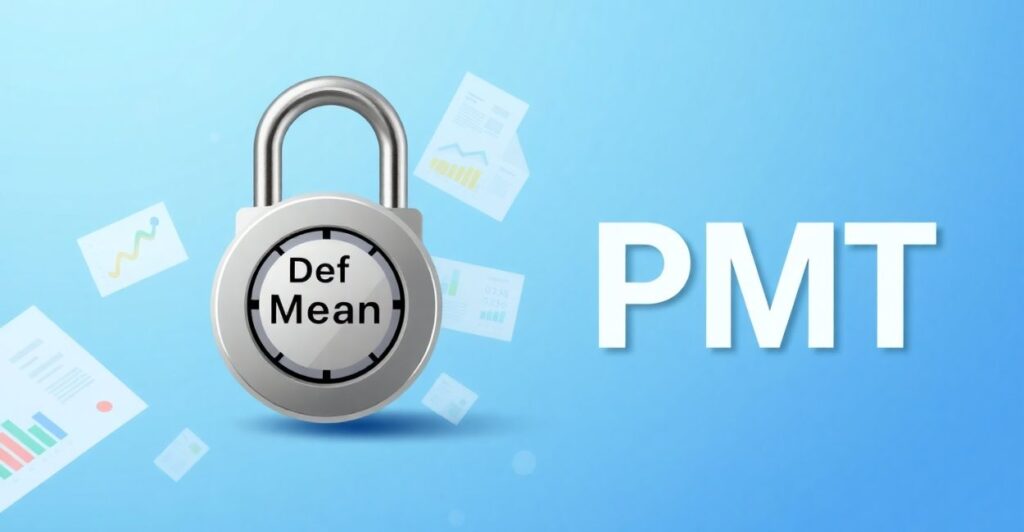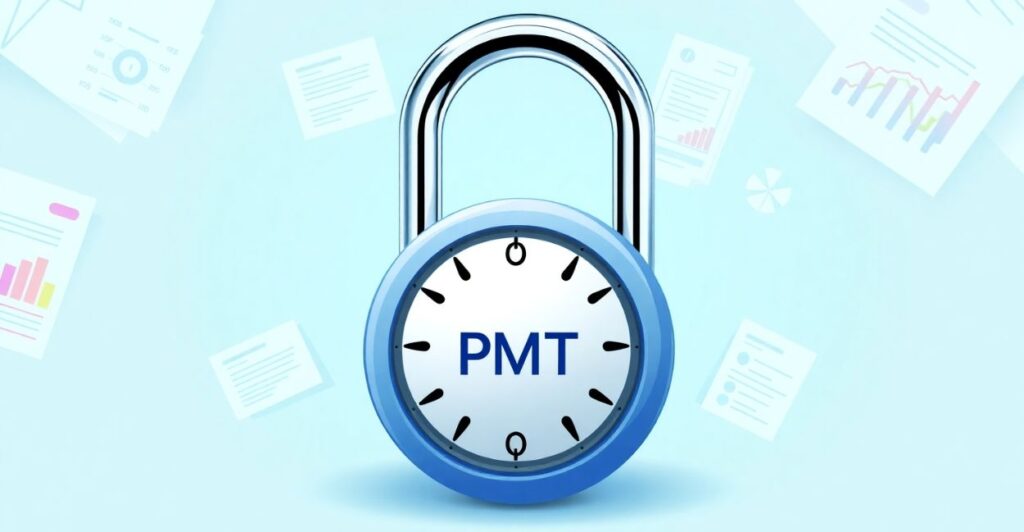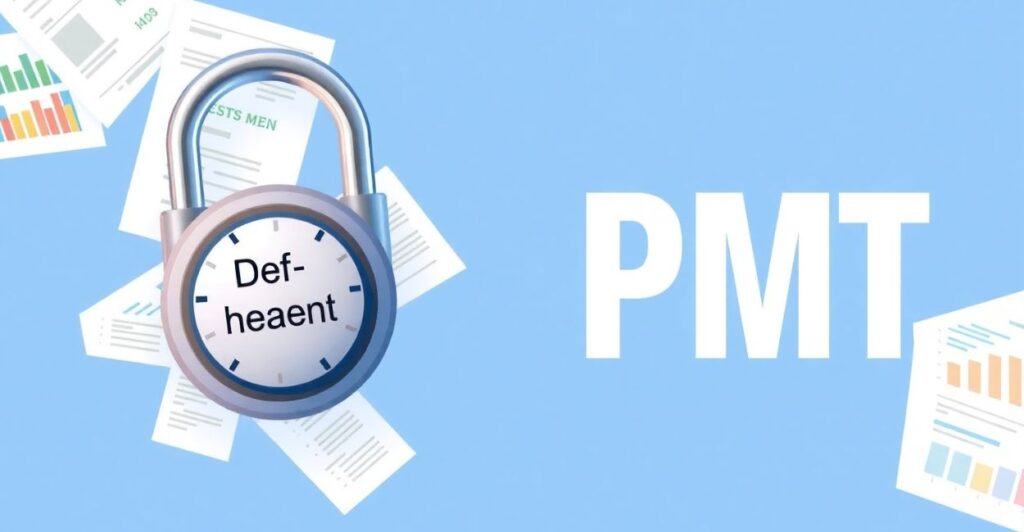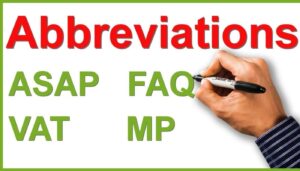In the fast-paced world of finance, business transactions, and everyday payments, efficiency is key. Whether you’re managing your personal budget, overseeing a business, or simply trying to keep up with your bills, abbreviations can help simplify communication.
One of the most common abbreviations you might encounter in the realm of payments is PYMT. But what does this abbreviation mean, and why is it so widely used?
In this article, we’ll dive into the details of PYMT, its definition, meaning, and how it’s used across different industries.
By the end, you’ll have a clear understanding of why this little abbreviation matters, and how it can help streamline your financial communications. So, let’s get started!
What Is the Abbreviation for Payment?
When it comes to finances and transactions, clarity and speed are essential. In such fast-paced environments, abbreviations like PYMT become extremely useful. The abbreviation PYMT stands for payment the act of transferring money in exchange for goods or services.
While it might seem like a simple shortcut, PYMT is incredibly important in industries where space is limited, and speed is necessary.
From accounting software to invoices and financial documents, using abbreviations like PYMT can significantly speed up processing times and save space. It’s an essential part of everyday business communication, ensuring both clarity and efficiency.
Why is PYMT Used?
- Space-saving: In many cases, space on documents, forms, or screens is limited. Instead of spelling out the word “payment,” using PYMT helps save space and makes documents less cluttered.
- Time efficiency: Whether you’re writing an invoice, reconciling accounts, or recording transactions, abbreviations like PYMT speed up the process. Writing or typing “PYMT” is quicker than spelling out the full word.
- Clarity in transactions: In business environments, especially those that deal with a large number of transactions, using abbreviations helps to quickly convey critical information without confusion.
For example, when dealing with invoices, invoices might list several PYMTs that are due on specific dates. By using PYMT instead of the full term, businesses can efficiently track payments and avoid errors in communication.
What Does Payment Mean?
Before we delve deeper into the abbreviation PYMT, let’s first define what payment actually means. A payment refers to the transfer of money from one party to another in exchange for goods, services, or to fulfill a financial obligation.

Forms of Payment
Payments can be made in several ways. The most common payment methods include:
- Cash: Physical currency used for transactions.
- Credit/debit cards: Plastic cards used to make digital payments.
- Bank transfers: Direct transfers from one bank account to another.
- Digital wallets: Platforms like PayPal, Venmo, and others that enable payments via mobile apps.
- Cryptocurrency: Digital or virtual currency, such as Bitcoin, used for transactions.
Each of these methods serves the same purpose: transferring money to settle a transaction. But in today’s world, digital and electronic payments have become the norm. That’s why abbreviations like PYMT are especially valuable in speeding up the process of tracking and confirming payments.
Why Do We Use Abbreviations Like PYMT?
Abbreviations are incredibly useful when space is limited, especially in financial environments. Consider a business handling hundreds or thousands of invoices a month.
Using “PYMT” instead of writing out the full word “payment” helps businesses save time and avoid the redundancy of repeating the same word over and over.
Furthermore, abbreviations like PYMT are often used on receipts, invoices, and in accounting software to maintain clarity and precision. You’ll find that using PYMT in such settings helps ensure that the documents remain clear, easy to read, and professional.
Common Uses of PYMT
Now that we’ve covered what PYMT stands for and why it’s useful, let’s look at some practical scenarios where this abbreviation is commonly used.

1. Invoices and Billing
One of the most common places you’ll encounter PYMT is on invoices. When a business sends out an invoice, it typically includes the following details: the amount owed, the due date, and sometimes, a reference to the payment method or amount already paid.
- Example: “The PYMT for this invoice is due by the 15th of the month.”
- In this case, PYMT refers to the actual payment that the business expects to receive.
By using PYMT, the invoice remains clear and succinct, saving both time and space for both the business and the customer.
2. Accounting and Financial Documents
Another area where PYMT is widely used is in accounting. Accountants and bookkeepers deal with a lot of financial records, and using abbreviations like PYMT helps streamline the process of reconciling accounts, tracking payments, and generating financial reports.
- Example: “Please ensure the PYMT has been processed before the end of the week.”
In this case, PYMT refers to any payment the business expects to receive or make. It’s a shorthand used to reference payments on balance sheets, profit-and-loss statements, or other financial records.
3. Digital Transactions
With the rise of mobile payment systems and digital wallets, abbreviations like PYMT are now becoming standard in the digital payment world. Many apps, platforms, and e-commerce sites use PYMT when discussing transactions or payments made through their system.
- Example: “Your PYMT was successfully processed through PayPal.”
- Here, PYMT refers to the payment you made on an online platform.
These platforms often use the abbreviation in confirmation messages, payment processing notifications, and even in customer support correspondence.
Additional Abbreviations Related to Payment
While PYMT is the most commonly used abbreviation for payment, you might come across a few others, especially in the context of business and finance. These abbreviations help further streamline financial communication.
- INV (Invoice): Refers to a bill issued by a business to request payment.
- RECE (Receipt): Refers to an acknowledgment of payment.
- AP (Accounts Payable): Refers to the money a business owes to suppliers or creditors.
By familiarizing yourself with these terms, you’ll be better equipped to navigate financial discussions and documentation efficiently.
When to Use the Abbreviation PYMT
Knowing when to use the abbreviation PYMT comes down to context. In more informal or quick communications—such as sending an invoice, writing a receipt, or noting a payment—abbreviations are perfect. They help you keep things short and to the point.

However, in formal documents or legal contracts, it’s often best to use the full term “payment” at least once before switching to PYMT. This ensures the recipient knows exactly what you’re referring to and helps maintain professionalism in the document.
- Example in formal communication:
- Full term: “The payment for the service is due at the end of the month.”
- Abbreviation: “The PYMT is due on the 15th—please process it on time.”
Using PYMT in this way helps keep your communications clear, concise, and professional.
Final Words
In today’s fast-paced world, abbreviations like PYMT have become indispensable in the world of business and finance. Whether you’re managing invoices, processing payments, or dealing with financial statements, PYMT helps save time, space, and effort. It’s an important part of everyday communication, especially in industries where speed and clarity are paramount.
By understanding the meaning and usage of PYMT, you’re better equipped to handle your financial matters more efficiently. From handling invoices to managing personal or business transactions, knowing how to use abbreviations like PYMT will make your financial communications quicker, more effective, and more professional.
So, the next time you come across the abbreviation PYMT, you’ll know exactly what it stands for—and you’ll be one step closer to mastering the language of finance and business!









